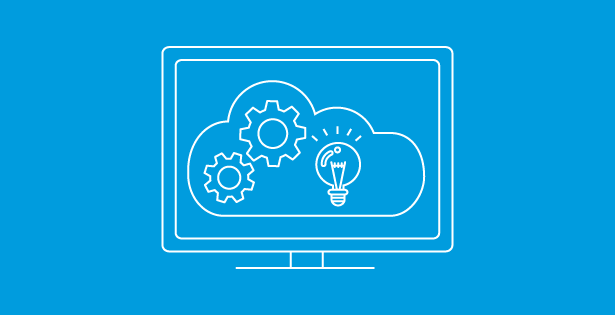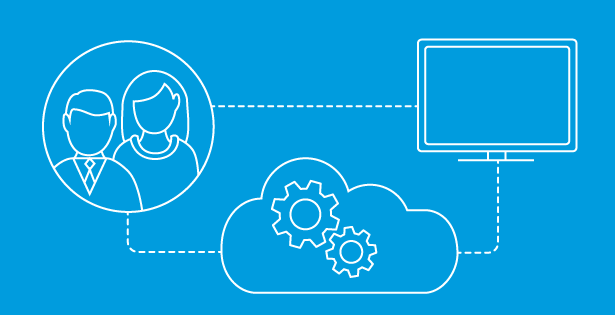This is the fourth article in our ongoing series exploring key technologies shaping the future of accounts receivable and invoice-to-cash (I2C) processes.
In our last article, Invoice-to-Cash: Enhancing Customer Satisfaction Through Automation, we examined how intelligent automation can improve customer experience, reduce manual tasks and streamline operations. In this installment, we take a closer look at optical character recognition (OCR)—a foundational technology that powers data capture and enables faster, more accurate cash application within modern I2C platforms.
At RSM, we work closely with leading I2C software providers to help clients optimize their finance operations through smart automation. OCR is one of the most powerful tools available to reduce friction, eliminate manual entry and enhance the accuracy of downstream processes. From invoices and remittance statements to payment advice documents, OCR turns static information into actionable data—paving the way for improved performance across the invoice-to-cash lifecycle.
What is OCR, and why does it matter in I2C?
OCR technology converts scanned documents, PDFs or image files containing printed or handwritten text into machine-readable data. It does so by analyzing visual patterns and translating them into recognizable characters. Over time, the technology has evolved to incorporate robotic process automation (RPA) and machine learning, enhancing its accuracy and flexibility across document types.
Modern OCR engines now include capabilities such as:
- Intelligent character recognition (ICR): Interprets both text and numeric inputs.
- Handwriting recognition: Captures entire handwritten words or phrases.
- Zonal OCR: Targets specific areas of a document for data extraction, improving accuracy and reducing noise.
Zonal OCR: Focusing on what matters most
In the I2C process, remittance documents often contain crucial identifiers—invoice numbers, payment amounts, transaction dates and deduction references. Zonal OCR improves automation by honing in on these specific data fields, rather than extracting all visible text.
Effective Zonal OCR begins with the definition of smart zones—user-defined areas where the OCR engine searches for expected data. Over time, intelligent systems can learn where key values are typically located. For more complex formats, tools like regular expressions can help account for variability, though standardized layouts remain ideal for consistent performance.
Many I2C platforms now offer configurable Zonal OCR features that do not require custom coding or third-party tools, allowing finance teams to scale automation with greater ease.
Measuring OCR accuracy in cash application
OCR performance is typically assessed by comparing extracted data against original source files. The two most common accuracy metrics are:
- Character-level accuracy – Measures correct individual character extractions.
- Word-level accuracy – Evaluates whether full words or values were captured correctly.
To improve performance, it’s also important to evaluate how your OCR tool defines zones. Each zone-drawing method influences what’s captured:
- Bounding rectangles: Extracts all data within a fixed box.
- Piecewise rectangles: Captures multiple smaller fields separately.
- Nested rectangles: Groups larger related content, such as a title and paragraph.
- Polygons: Custom shapes that follow irregular layouts and reduce background interference.
If your documents are standardized, simpler bounding zones may suffice. However, for high-volume, multi-format remittance processing, more flexible zoning options often yield better results.
What to consider when selecting an OCR tool
Choosing the right OCR solution within your I2C platform is a critical step toward long-term scalability and efficiency. Key evaluation factors include:
- Scalability Can the tool handle growing invoice volumes and customer formats over time?
- Source image enhancement Does the solution offer built-in tools for cleaning up scans (e.g., contrast adjustment, noise reduction), or will external preprocessing be needed?
- Ease of use Is the interface accessible to business users? If zone configuration is overly technical, adoption may suffer.
- Flexibility Can you customize zoning schemes and templates to match your business needs, or are you limited by vendor defaults?
- Integration How well does the OCR engine integrate with your existing I2C systems and enterprise software? Will additional tools be needed to close any gaps?
Final thoughts
OCR is no longer just a back-office convenience—it’s a strategic enabler for efficient, accurate cash application. With the right combination of zoning logic, performance metrics and integration capabilities, businesses can accelerate I2C processes, reduce exceptions and improve customer satisfaction.
At RSM, we help organizations assess their OCR readiness and implement solutions that align with their operational goals. To explore how automation can improve your finance function, connect with our team or visit our guide on selecting the right finance automation technology.

 RSMUS.com
RSMUS.com


